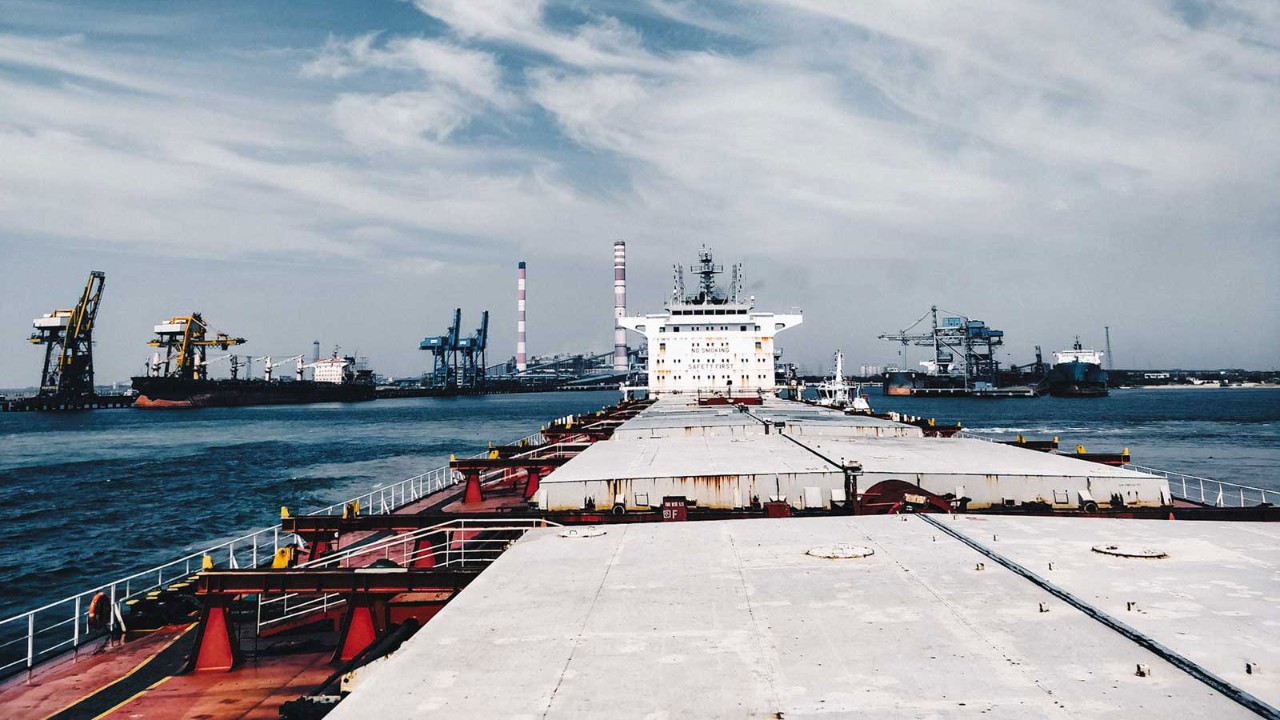
When the IMEC rail and shipping corridor linking India with the Middle East and Europe was unveiled at the G20 summit in New Delhi in September, you could sense the economic pieces falling into place for India. With its projected shipping, railway and roadway networks, the corridor is designed to create a ship-to-rail transit infrastructure.
It’s a big ambition that involves turning India into the dominant supply chain hub in the Indo-Pacific, a region that accounts for 60% of the world’s GDP and 50% of its goods trade. By making the most of the ‘blue economy’ on its doorstep – and India has 12 major ports and hundreds of smaller ones, along with a vast network of navigable waterways to make it all work – the country should be able to open up an ocean of opportunities.
Rising tide
Over the past decade, according to the World Bank’s latest Logistics Performance Index report, India’s global ranking for international shipments has jumped from 44th to 22nd, while the vessel turnround time for Indian ports is now 0.9 days – that’s faster than Singapore, the UAE, the USA, Australia and South Africa can manage.

Asset monetisation at nine ports will inject around US$1.73bn into maritime infrastructure
The development of the sector will be driven by an asset monetisation programme, the National Monetisation Pipeline, that involves leasing existing public assets worth over US$70bn in total to private operators for predetermined periods, with the revenue generated then reinvested in new infrastructure. A total of 31 projects at nine ports have now been approved for monetisation, which will inject around US$1.73bn into Indian maritime infrastructure between 2022 and 2025.
Another major development is the creation of a comprehensive system of Indian-owned and India-based protection and indemnity, safeguarding maritime assets and Indian shipping interests. Finance minister Nirmala Sitharaman has also pledged to collaborate with banks for shipping sector credit needs.
Logistics key
India’s Vision 2030 aim of becoming the world’s third largest economy depends heavily on making logistics more efficient and cost-competitive. A commodity-specific handling infrastructure is being developed and coastal and inland cargo centres set up; along with better end-to-end rail, road and waterway connectivity, it should save around US$3.5bn in inventory and logistics costs annually. Meanwhile port-led industrialisation driven through collaboration with the private sector could unlock another US$1.2bn for major ports.
India must also make doing business within the shipping ecosystem easier by integrating technology comprehensively. The ongoing initiatives here include a single-window digital platform for transactions and payments, smart ports and the digital registration and certification of Indian-flagged ships.
India accepts its prosperity depends on the entire region enjoying growth and stability
Collective progress
Whether India emerges as the world’s biggest economy after China and the US or not, its determination to become a central hub in emerging supply and value chains should serve the region well. India’s Sagar (security and growth for all in the region) strategy makes clear that prosperity should not come at the expense of neighbours and that the entire region must experience growth, security and stability for India to flourish.
In a world where conflict in Ukraine, Gaza and Yemen have unleashed economic turbulence and disrupted global supply chains, and geopolitical tensions are ever present, the Indian government’s focus on strategic flexibility in shipping will be key in diminishing its own vulnerability to commercial disruption.



